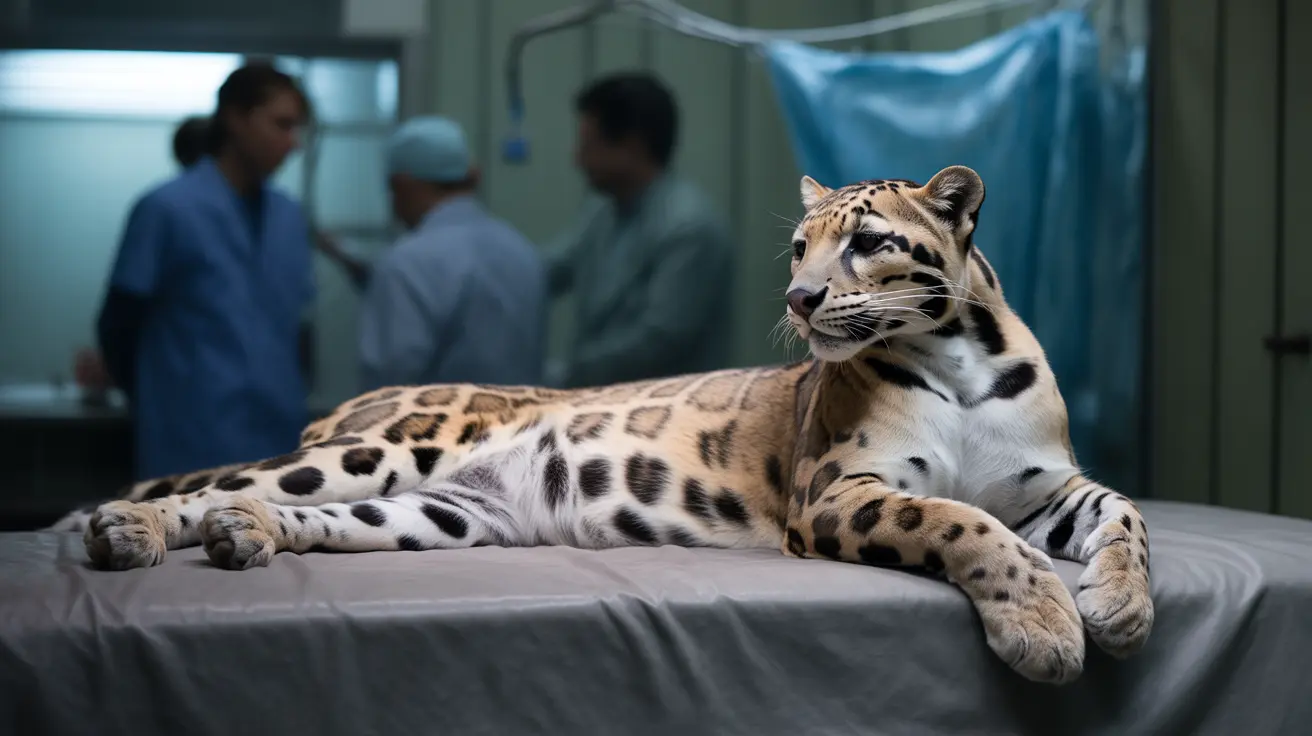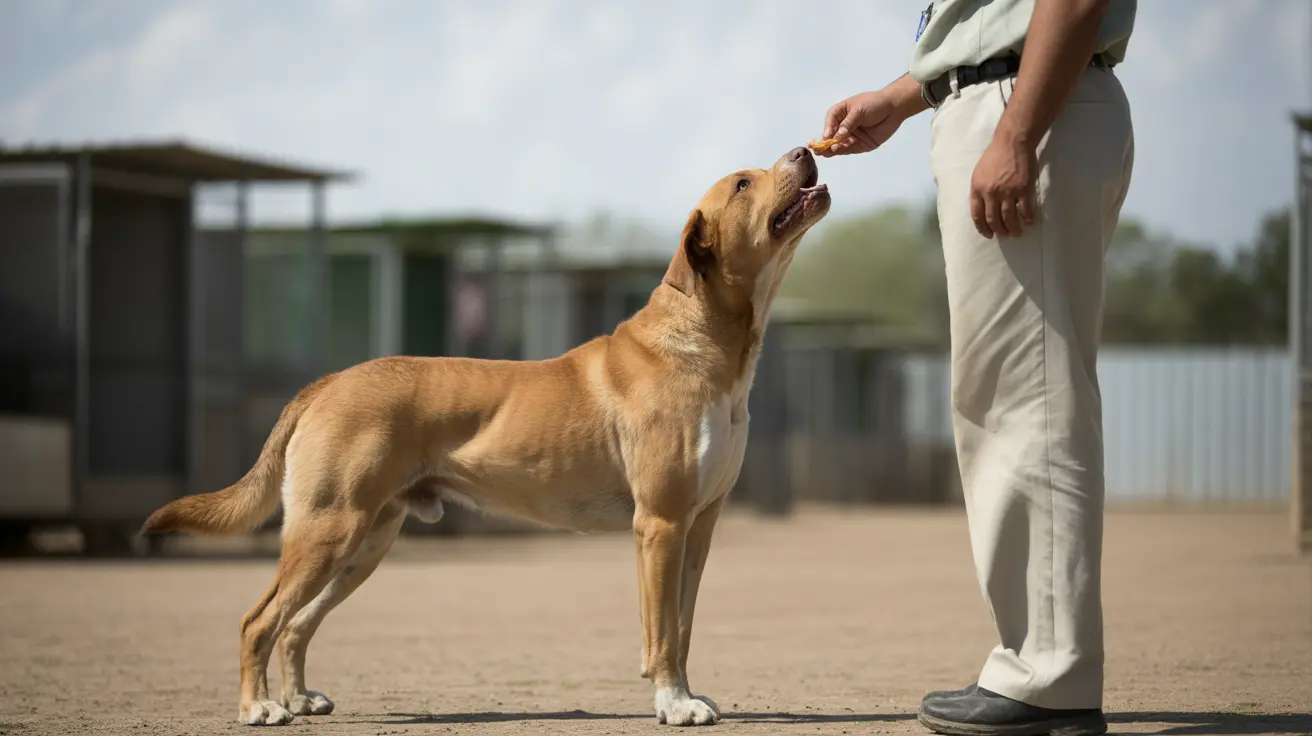Managing diabetes in cats requires a carefully planned diet that can help regulate blood sugar levels and potentially lead to remission. The right food choices play a crucial role in your diabetic cat's health and quality of life. This comprehensive guide will help you understand the best dietary options and feeding strategies for cats with diabetes.
Understanding Nutritional Needs of Diabetic Cats
Diabetic cats require a specific nutritional profile that differs from regular cat food. The ideal diet should be high in protein (40-50% on a dry matter basis) and low in carbohydrates to help maintain stable blood glucose levels. This dietary approach mimics a cat's natural nutritional needs and can significantly improve diabetes management.
The Benefits of Wet Food for Diabetic Cats
Wet food is generally the preferred choice for diabetic cats for several important reasons. Most canned foods naturally contain higher protein levels and fewer carbohydrates compared to dry kibble. Additionally, the increased moisture content helps prevent dehydration, which is particularly important for diabetic cats.
The best wet food options typically contain:
- Less than 10% carbohydrates
- At least 40% protein
- Adequate moisture content (approximately 75-80%)
Recommended Commercial Food Options
Premium Wet Food Choices
Several commercial brands offer suitable options for diabetic cats:
- Fancy Feast Classic varieties (avoid gravy formulas)
- Tiki Cat (most varieties)
- Wellness Complete Health (specific formulas)
- Hill's Prescription m/d
- Purina DM
Limited Dry Food Options
While wet food is preferred, some specialized dry foods can be suitable if necessary:
- Hill's Prescription m/d Dry
- Purina DM Dry
- Natura Innova EVO Cat & Kitten Dry
Proper Feeding Schedule and Portions
Establishing a consistent feeding schedule is crucial for managing feline diabetes. Most veterinarians recommend:
- Feeding 2-4 small meals daily
- Coordinating meals with insulin administration
- Maintaining consistent portion sizes
- Avoiding free-feeding
Transitioning to a Diabetic-Friendly Diet
When switching to a new diet, make changes gradually over 7-10 days to prevent digestive issues. Start by mixing small amounts of the new food with the current food, slowly increasing the proportion of new food while decreasing the old.
Monitoring and Adjustment
Regular monitoring is essential for successful dietary management:
- Track your cat's weight weekly
- Watch for changes in water consumption
- Monitor blood glucose levels as recommended
- Note any changes in energy levels or behavior
Frequently Asked Questions
What are the best types of food for managing diabetes in cats?
The best foods for diabetic cats are high-protein, low-carbohydrate wet foods. Look for options with at least 40% protein and less than 10% carbohydrates on a dry matter basis. Premium canned foods specifically formulated for diabetic cats are ideal.
Why is wet food preferred over dry food for diabetic cats?
Wet food is preferred because it typically contains higher protein levels, fewer carbohydrates, and more moisture. These characteristics help maintain stable blood sugar levels and prevent dehydration, which is common in diabetic cats.
How can I transition my diabetic cat to a low-carbohydrate, high-protein diet safely?
Transition gradually over 7-10 days by mixing increasing amounts of the new food with decreasing amounts of the old food. This helps prevent digestive upset and ensures your cat accepts the new diet.
Can a special diet help my diabetic cat achieve remission from diabetes?
Yes, a proper diet can contribute to diabetic remission, especially when combined with appropriate medical treatment. Studies show that cats on low-carbohydrate, high-protein diets have higher remission rates, particularly when the diet change is implemented early after diagnosis.
What are recommended commercial cat food brands suitable for diabetic cats?
Recommended brands include Fancy Feast Classic varieties, Tiki Cat, Wellness Complete Health, Hill's Prescription m/d, and Purina DM. Always choose varieties specifically formulated for diabetic cats or those with appropriate nutritional profiles.
Conclusion
Proper nutrition is a cornerstone of successful diabetes management in cats. By choosing the right food and maintaining consistent feeding practices, you can help control your cat's blood sugar levels and potentially achieve remission. Always work closely with your veterinarian to develop and adjust your cat's dietary plan as needed.






